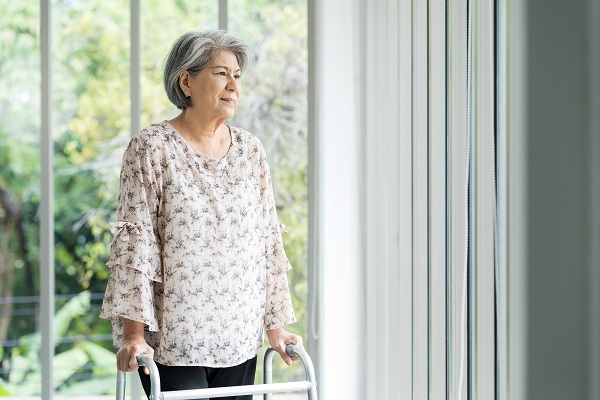Hip replacement surgery: How to prepare your home

When a patient comes to Salem Health Orthopedics for a hip replacement, the care team works to create an individualized plan based on reviewing overall health, history and each patient’s individual situation.
Jeff Cooksey, PA-C, is a hip and knee replacement physician associate. He makes sure patients are prepared for the weeks following surgery.
Care team collaboration
“Challenges can include getting used to the range of motion precautions the first six weeks,” Cooksey said. “After surgery, there are certain ways you can move your hips that are safe, and others put patients at risk of complications. The clinic provides patients with education and several formal physical therapy appointments to learn these precautions in detail.”
The physician associate said he rarely sees complications after surgery because of the preoperative education and immediate transition to physical therapy. However, Cooksey notes it is highly recommended to have assistance at home after surgery.
“They’ll need help with things like meal prep, getting in and out of bed, getting in and out of the car to get to appointments,” he said.
The PA said the risk of falling is the biggest concern after a hip replacement.
Preparation ahead of surgery
“The vast majority of falls happen within the patient’s own home,” Cooksey said. “Making it fall and trip proof prior to surgery is important. The most common things that patients stumble and fall over are cords, rugs or flooring transitions that don’t have a smooth edge. Things sticking out in walking areas, such as the back legs of a rocking chair should be addressed.”
Cooksey recommends setting up the house before surgery. He said patients can expect to use a walker for two to three weeks after surgery, so they’ll need to account for extra space to move.
“You can also consolidate your living area to avoid stairs, if possible,” Cooksey said. “The more patients can avoid stairs in early recovery, the less likely they are to have complications. Sometimes that means moving a bed downstairs or coming up with a sleeping and living arrangement on a single level to avoid going up and down stairs constantly.”
The physician associate said recovery is a team effort. Patients meet with providers before and after surgery, as well as physical therapists.
“We have very experienced surgeons who care deeply about the patients and their outcomes,” Cooksey said. “Patients are in excellent hands at Salem Health Orthopedics.”
Orthopedic care
Are you considering a hip replacement? Learn more about: